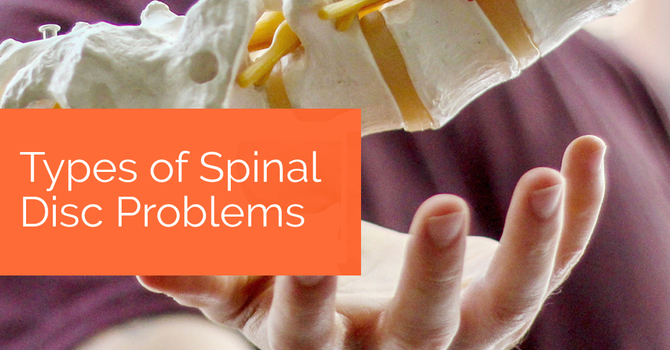Bottom Line:
Does your child's backpack feel like a 50-pound bag of rocks? You may have noticed that your child struggles to get it on in the morning or may even need help to pull the straps together enough to click the buckle. What’s more, researchers and healthcare organizations are growing more concerned about the effects of this extra weight on your child's developing spine.
Why it Matters:
It's estimated that over 60% of children routinely carry backpacks that weigh more than 10% of their body weight. For some children, they may mean carrying a backpack nearly identical to their own body weight!
This is a big deal because researchers have found that carrying heavy backpacks increases the risk of back pain in children by a whopping 50%.
The good news? You’ve got their back.
-
Ergonomics: Select an appropriately sized backpack. It shouldn't be wider than their torso or sit more than 4 inches below their waist.
-
Fit: Use both shoulder straps to balance the weight and ensure that the are snug so the backpack doesn't hang low.
-
Packing: Teach your child to place the heaviest items towards the bottom of the backpack and use all the compartments to distribute the load.
Next Steps:
One benefit of the e-learning movement is that digital versions on the computer are replacing many heavy textbooks (though long hours of e-learning have their host of challenges, as you'll discover next week!).
Most experts agree that a backpack shouldn't weigh more than 10% of the child's body weight. Backpacks that are too heavy can lead to back or neck pain, as well as poor posture. If your child has developed poor posture or neck/back pain, let us know. We'd be happy to evaluate their posture and movement to correct any concerns before they become a problem.
Science Source(s):
Backpack Safety: It's time to lighten the load. National Safety Council. 2020.
.jpg)



